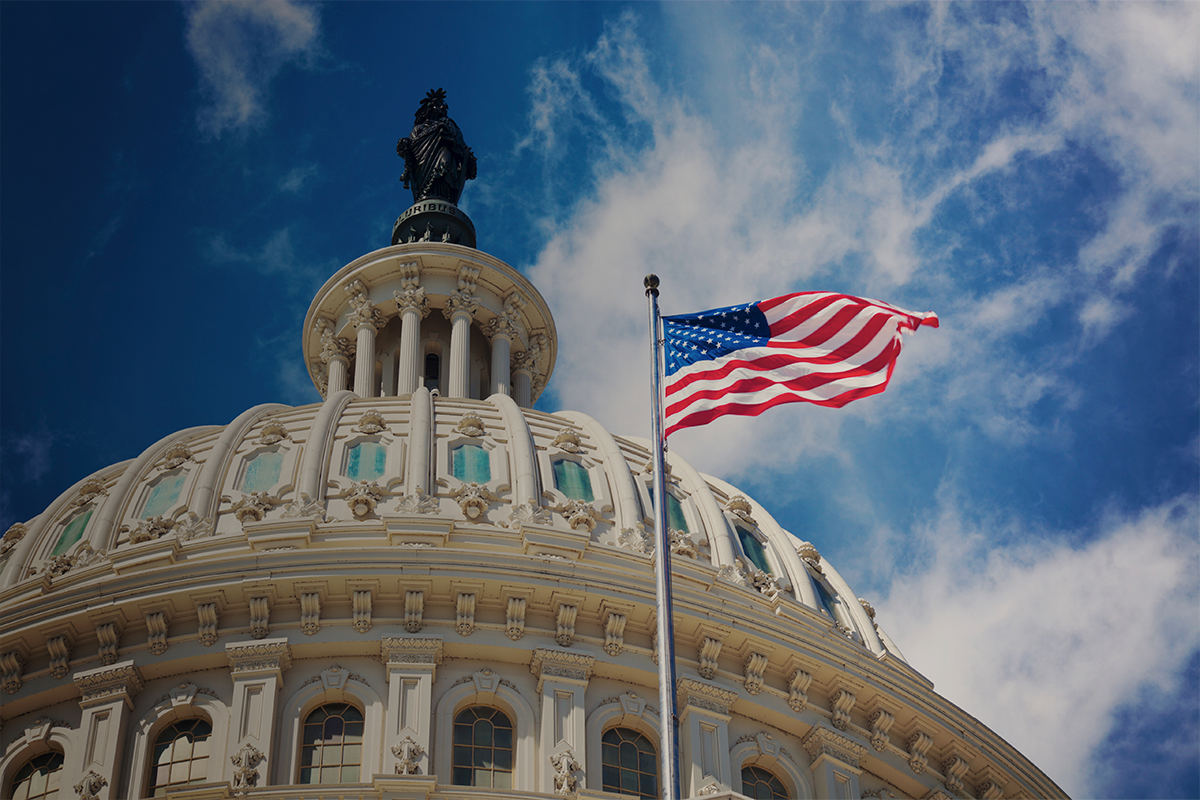Four decades of unchecked trade deficits have left more people in the US feeling like losers from free trade than winners, resulting in protectionism and election victories for Donald Trump, said Richard Koo, Chief Economist, Nomura Research Institute, at Nomura Investment Forum Asia 2025.
According to Mr. Koo, there are two routes to reduce the number of people who consider themselves losers — tariffs and exchange rates.
This is not the first time free trade has faced the threat of US protectionism. In the early 1980s, protectionism pressures increased due to a growing trade deficit driven by the strong dollar. Under President Ronald Reagan, a staunch proponent of free trade, the US signed the Plaza Accord in 1985, reducing the value of the dollar from 240 yen to 120 yen in two years.
A key difference between 1985 and now is that President Trump is a protectionist, said Mr. Koo during his presentation.
Inherent unfairness in free trade system
The free trade system has an inherent unfairness in it. This unfairness, said Mr. Koo, started with the 1948 General Agreement on Tariff and Trade (GATT), which allowed Japan and countries in Western Europe to impose comparatively high tariffs on the US to boost their economic recovery after World War II.
President Trump’s reciprocal tariffs attempted to address this unfairness but the rates announced on Liberation Day on April 2, 2025, made no sense, said Mr. Koo.
As a result, markets around the world plummeted, especially in the US where the stock, bond and currency markets fell sharply, leading to a 90-day pause on tariffs.
Exchange rates the right way to go
“Given that Trump is hitting a wall with tariffs, given the reaction we have seen in the markets, and given how unhappy US donors to the Republican party are as a result, it is likely that pressure will move towards exchange rates,” said Mr. Koo.
According to him, a Plaza-like accord similar to the one in 1985 is the right way to go. While there is strong resistance to such an accord, he said the world must take action to avoid reverting to the devastating impacts of the Smoot-Hawley Tariff Act in the 1930s.
Factors in favor of a second Plaza-like accord
- Threat to the survival of free trade is much more serious now than in 1985
- Currency devaluation is the correct remedy to reduce trade deficits
- Plaza allowed the global economy to maintain its stability and US inflation accelerated only slightly afterwards
- Plaza proved that US trade partners will accept appreciation of their currencies against the US dollar to save free trade
- Coordinated dollar devaluation should have no negative impact on trade between non-US countries
- European countries struggled to join the Plaza Accord because they had to keep their different currencies within the European Monetary System (EMS). This difficulty does not exist now with the euro
Factors against a second Plaza-like accord
- President Trump is a hardcore protectionist, unlike Reagan in 1985
- In the absence of US leadership, it is unclear which country would lead the second Accord
- China is on guard against any Plaza-like policies because policy makers mistakenly believe the 1985 Accord was a US plot to derail rising Japan
- US interest rates may increase temporarily during the adjustment
- Governments must keep their policy coordination mechanism even after the adjustment by setting reference zones to ensure rates do not deviate too far from trade-equilibrating exchange rates
- Many academics and market economists think such an accord is neither desirable nor feasible
“The 40 year problem of US trade deficit could be with us for a long time. It took 40 years to get here and it might take another 40 years to get out, but we cannot afford for it to take that long,” said Mr. Koo.



